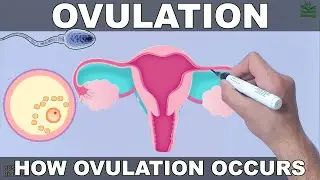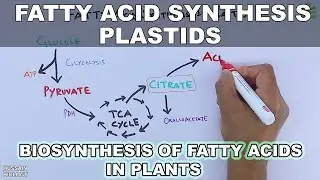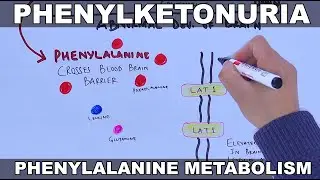Adult Ovary Functional Anatomy | Ovarian Cycle
Menstrual Cycle : • Menstrual Cycle | Ovarian and Uterine...
The ovary plays a crucial role in the ovarian cycle, which is a tightly regulated process involving hormonal changes and the maturation and release of eggs. Here's an overview of the functional anatomy of the ovary in relation to the ovarian cycle:
Ovarian Structure:
The ovary is an almond-shaped organ located on either side of the uterus within the pelvic cavity.
Each ovary is composed of ovarian follicles, which are structures that contain the developing egg (oocyte).
Ovarian Cycle Phases:
The ovarian cycle is divided into three phases: follicular phase, ovulation, and luteal phase.
Follicular Phase:
During the follicular phase, several ovarian follicles begin to grow under the influence of follicle-stimulating hormone (FSH) from the pituitary gland.
Typically, one dominant follicle (Graafian follicle) emerges and continues to develop, while the others regress.
Ovulation:
Ovulation marks the release of a mature egg (oocyte) from the Graafian follicle. This usually occurs around the midpoint of the menstrual cycle.
Ovulation is triggered by a surge in luteinizing hormone (LH), which causes the mature follicle to rupture and release the egg.
Luteal Phase:
After ovulation, the ruptured follicle transforms into the corpus luteum, a temporary endocrine structure.
The corpus luteum secretes progesterone and estrogen, preparing the uterus for possible implantation of a fertilized egg.
If fertilization does not occur, the corpus luteum degenerates, leading to a decrease in progesterone and estrogen levels.
Watch video Adult Ovary Functional Anatomy | Ovarian Cycle online, duration hours minute second in high quality that is uploaded to the channel Hussain Biology 09 July 2024. Share the link to the video on social media so that your subscribers and friends will also watch this video. This video clip has been viewed 591 times and liked it 20 visitors.































